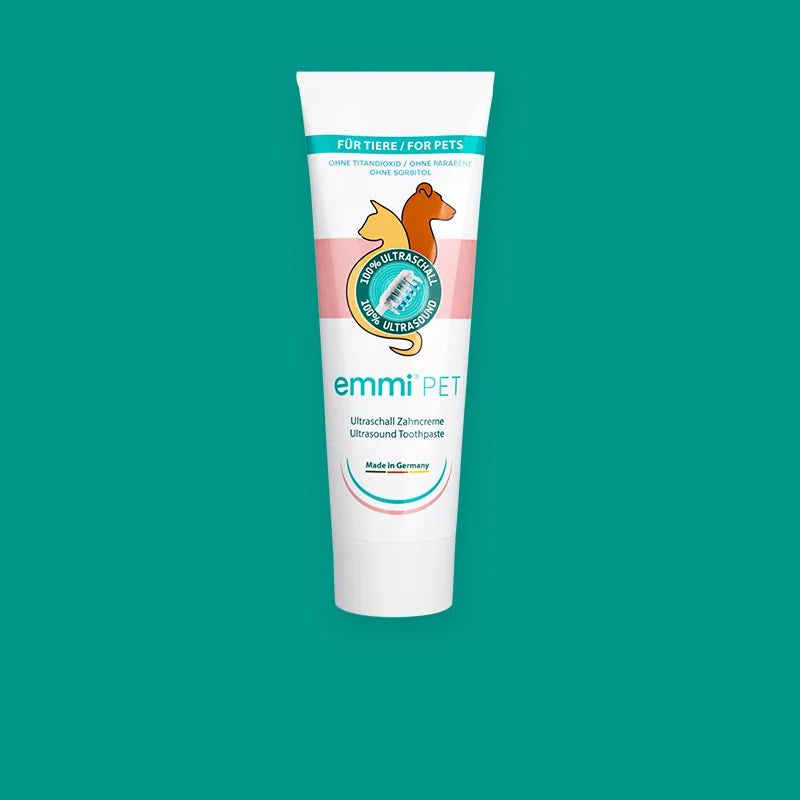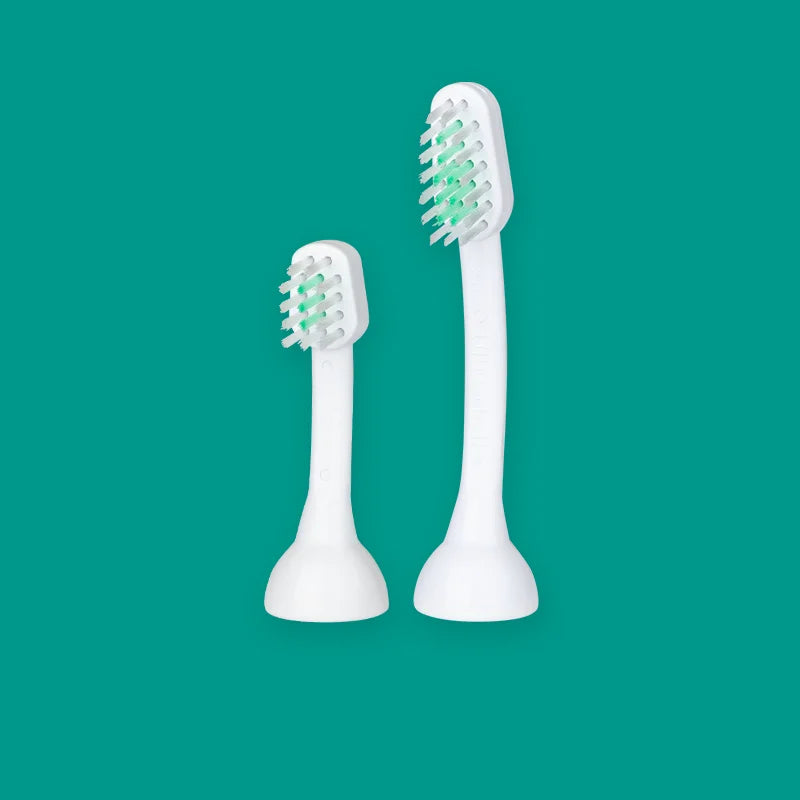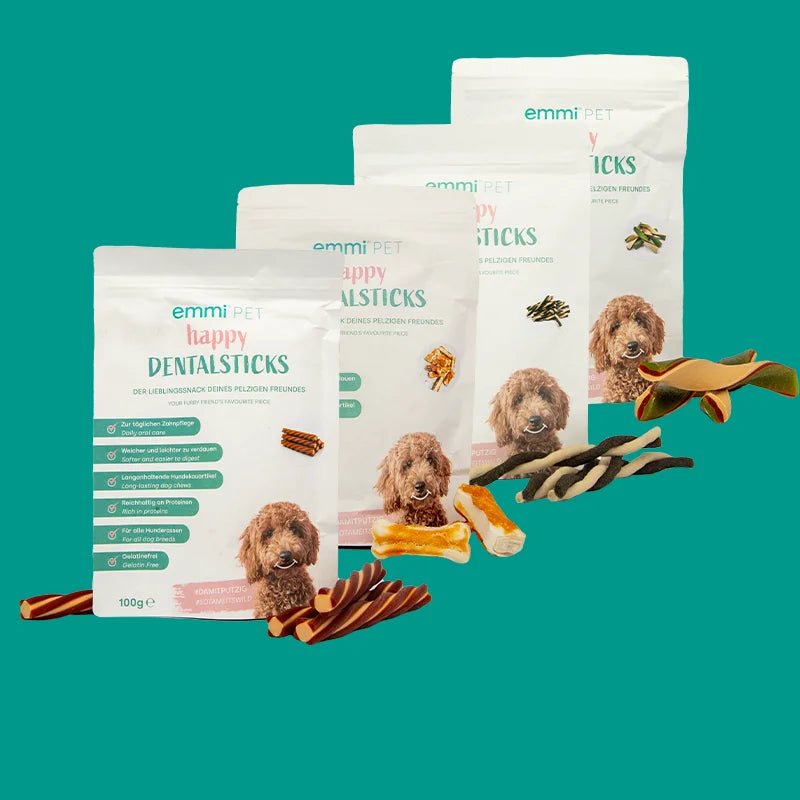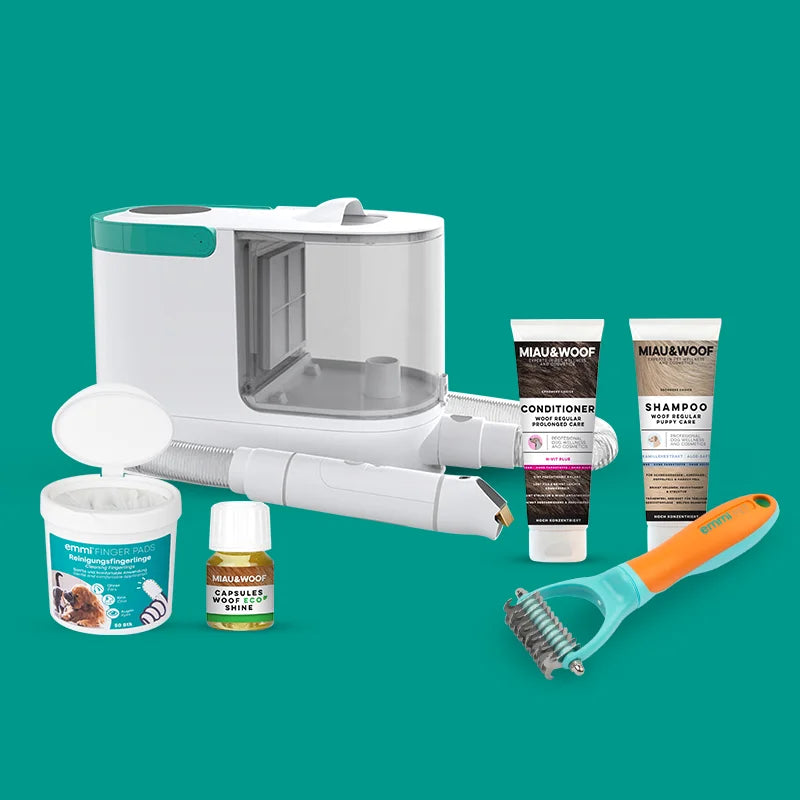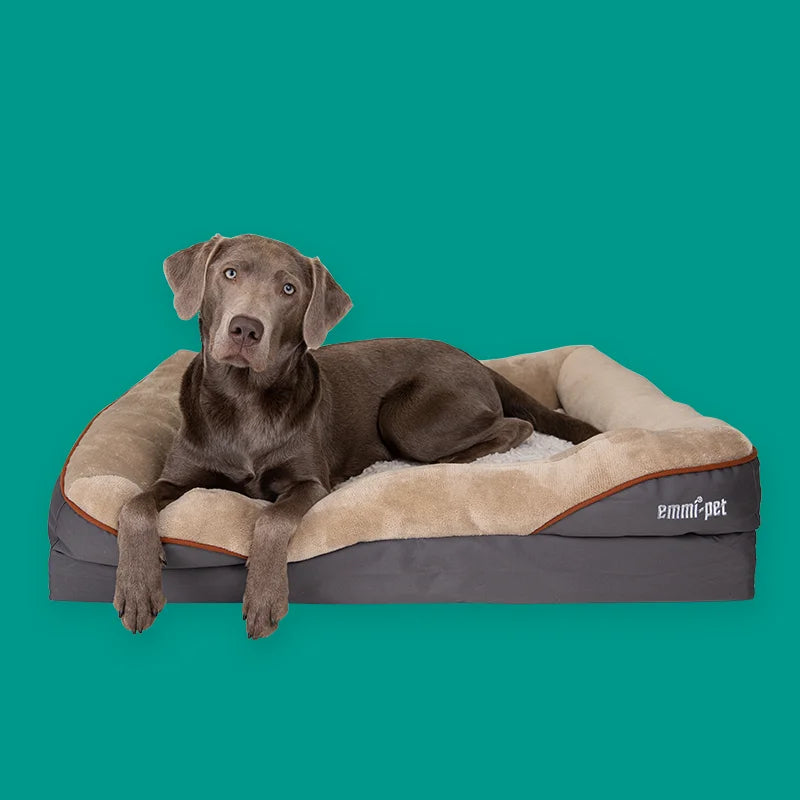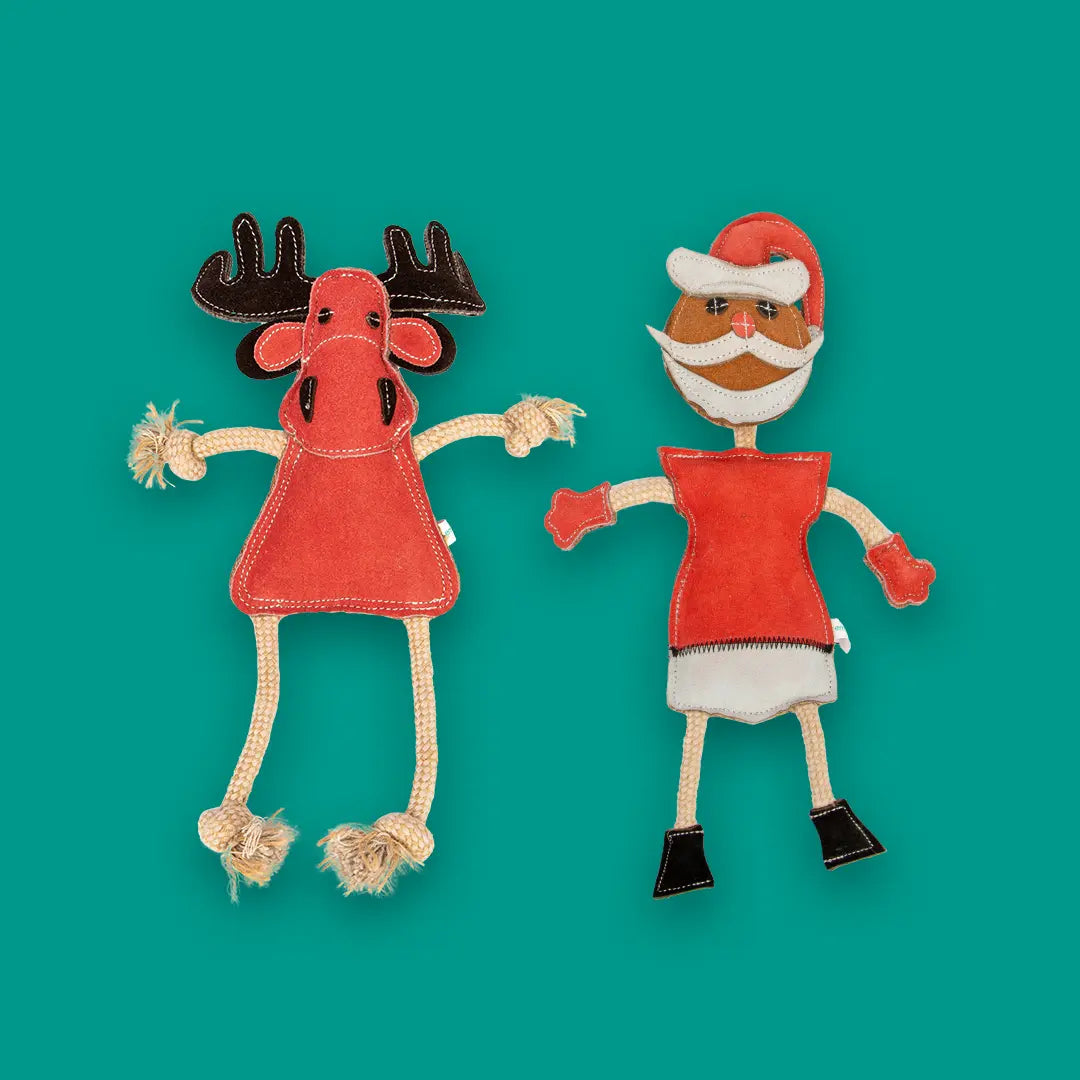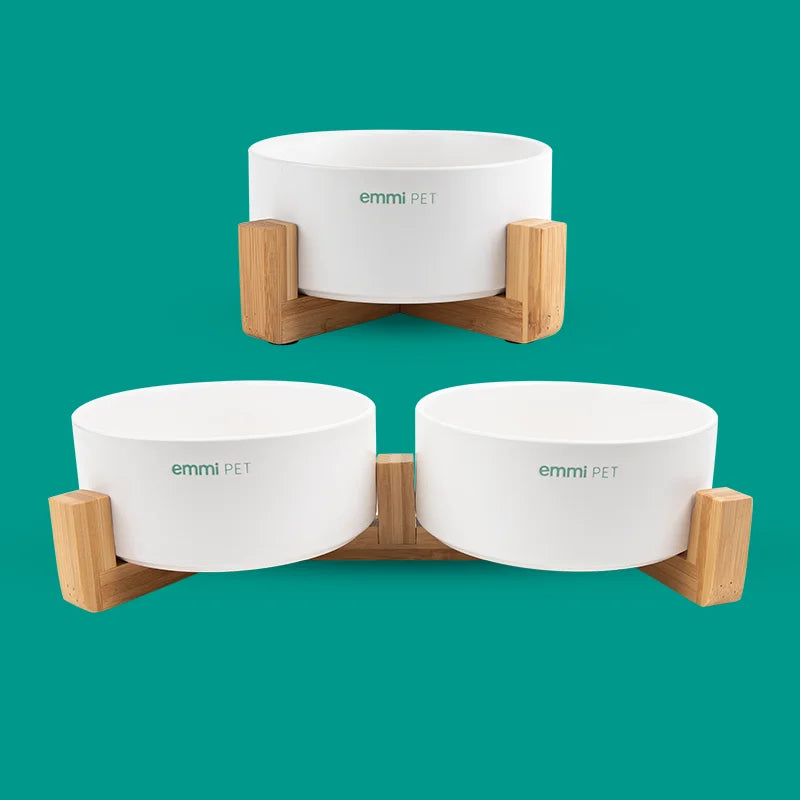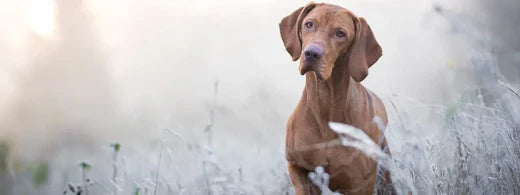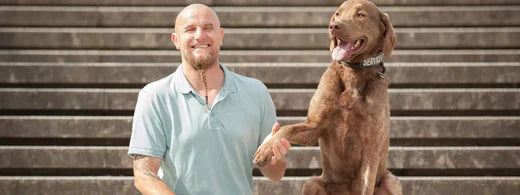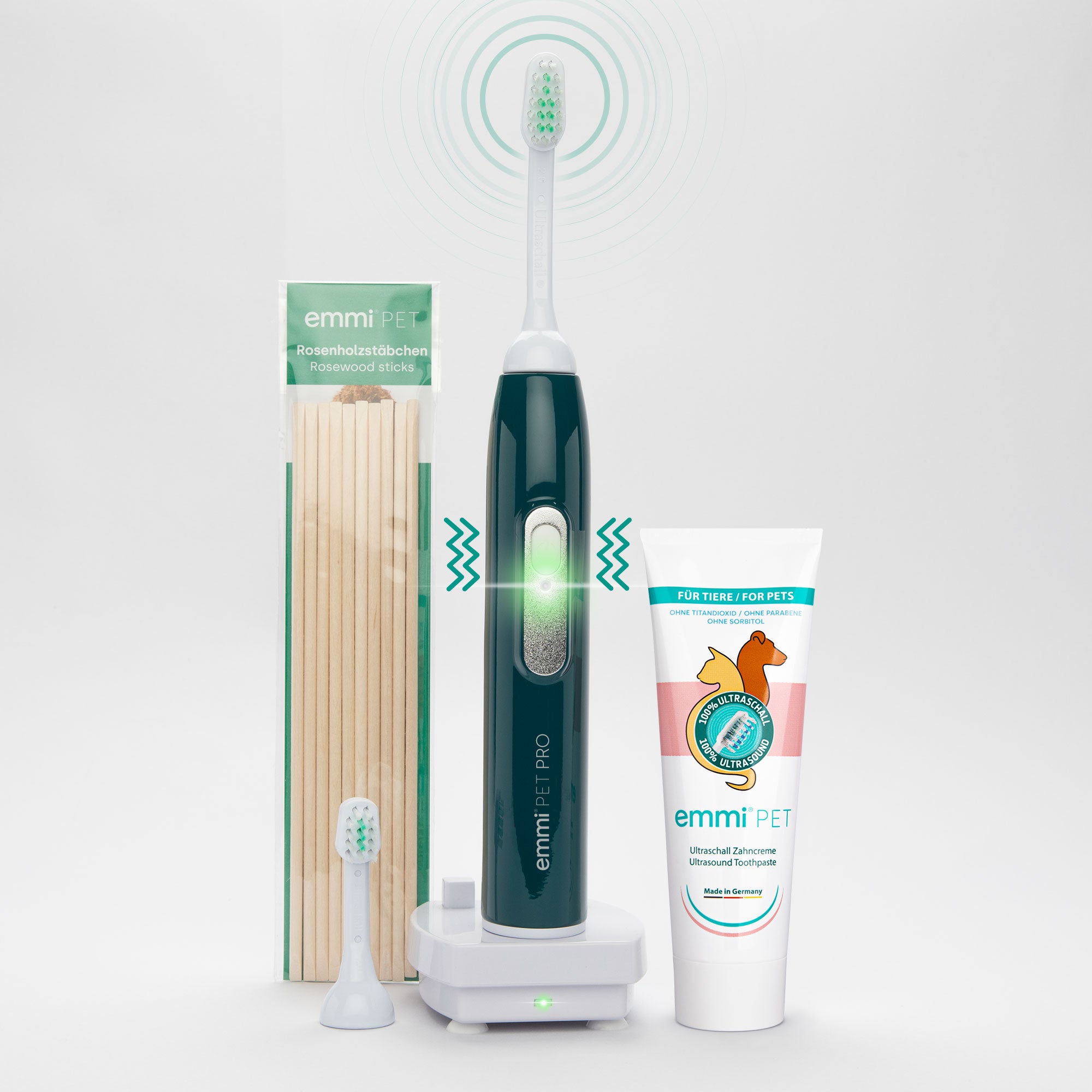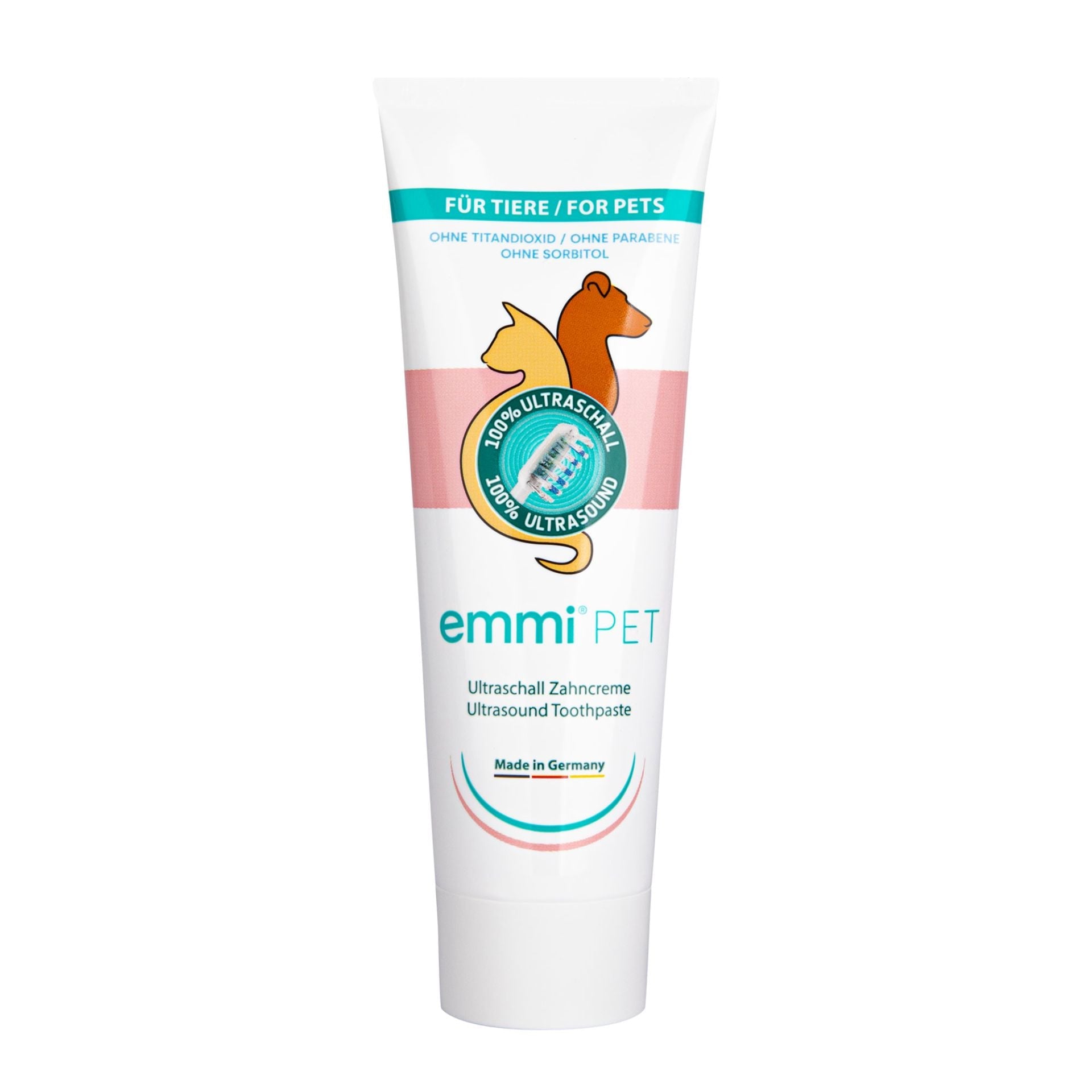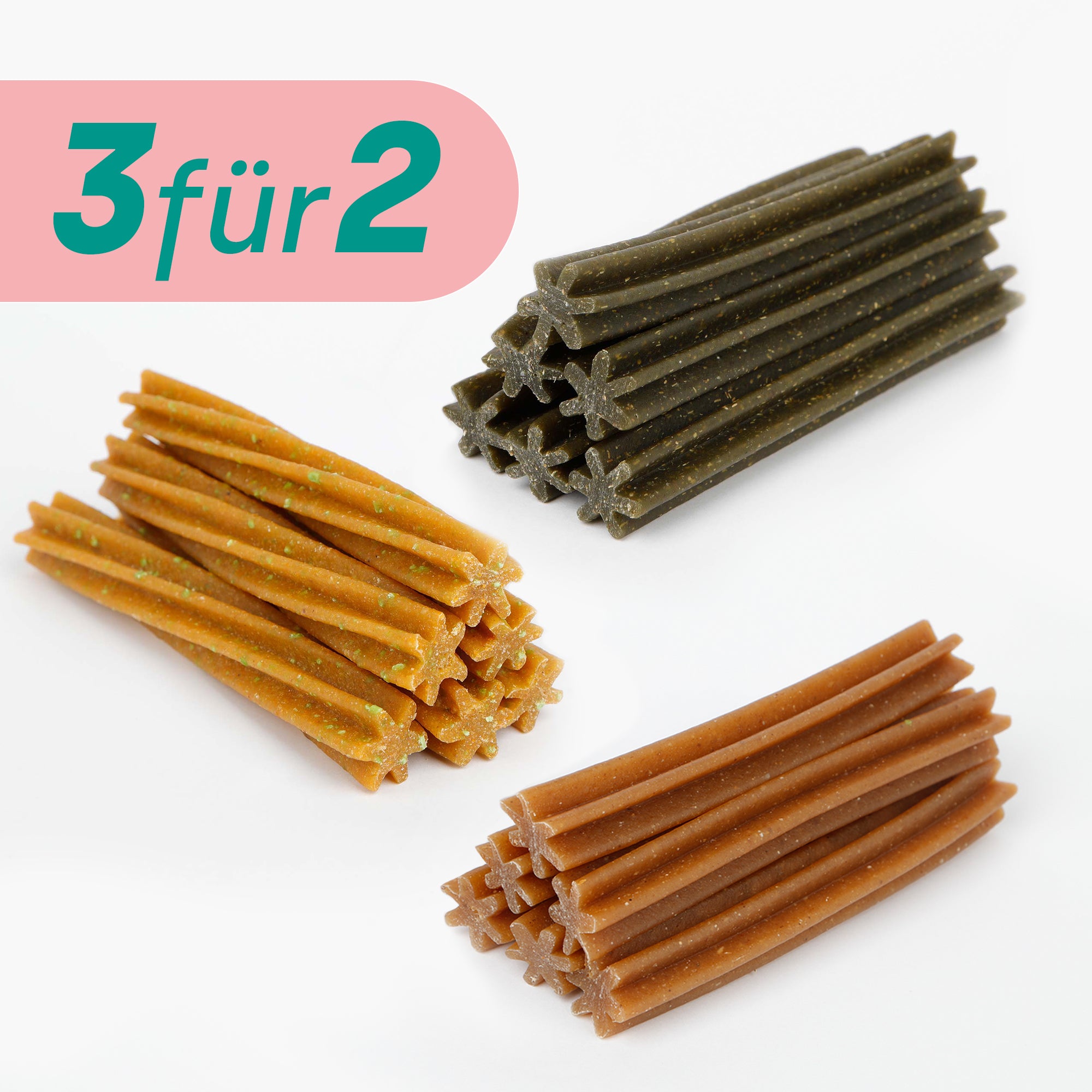Interesting facts about teething in dogs
Teething in dogs can be complex. In today's blog post, we'll explain how your dog's teething begins, when you can expect them, and what problems can arise.
How does a dog’s teeth change?
When a puppy playfully bites, you notice how sharp its teeth really are. They pierce under the skin like fine pinpricks. But puppies lose their baby teeth relatively quickly. Born without teeth, the baby teeth of young dogs begin to erupt around the third week.
Later, the small, pointed teeth give way to the adult dentition. The time when this process begins and how long the change of teeth lasts depends on the breed.
In some cases, teething in dogs leads to diarrhea or a strong smell from the mouth . The small, pointed milk teeth gradually fall out between the fourth and seventh months of life. This is the only way for the permanent teeth to develop. The change of teeth often lasts up to three months.
Larger dog breeds begin to change their teeth much earlier, while smaller breeds lose their milk teeth much later.
What problems can teething cause in dogs?
Teething in dogs is usually announced by intense itching or a slight burning sensation in the mouth. Increased chewing on toys or objects is often an indication of the onset of teething. In some cases, teething can also cause pain. This is usually the case when baby teeth remain in the mouth. The permanent teeth erupt regardless, leading to misalignment or inflammation of the gums.
Restless sleep, lack of motivation, and refusal to eat can be signs of teething problems. However, it's not particularly alarming if your dog has a little blood in the mouth or bad breath during the teething period. Lost teeth can leave small open wounds, which can lead to mild infections. Diarrhea, fever, and abdominal pain also occur during teething.
Supporting your dog during teething
If your dog is losing his baby teeth, you can do him a favor by avoiding tug-of-war games. Tug-of-war games can inadvertently pull out loose teeth. This not only hurts your dog but can also lead to misalignment. Instead of tug-of-war games, you can offer your four-legged friend chew toys. Balls, cow ears, or bones are equally attractive.
During teething, make sure your dog gets enough calcium. However, you should avoid oversupplying.
Completed tooth change in your dog
Once all new teeth have erupted and all baby teeth have fallen out, you should devote yourself to regular dental care for your dog. Dental care and oral hygiene are essential for their health. You can clean your dog's teeth particularly easily with our emmi-pet ultrasonic toothbrush . Silently, motionlessly, and very effectively, our ultrasonic toothbrush can free your dog's teeth of bacteria and deposits.
Good dental care also includes feeding high-quality food. Veterinarians particularly recommend dry food. It strengthens the teeth, supports natural tooth wear, and encourages your dog to chew.

